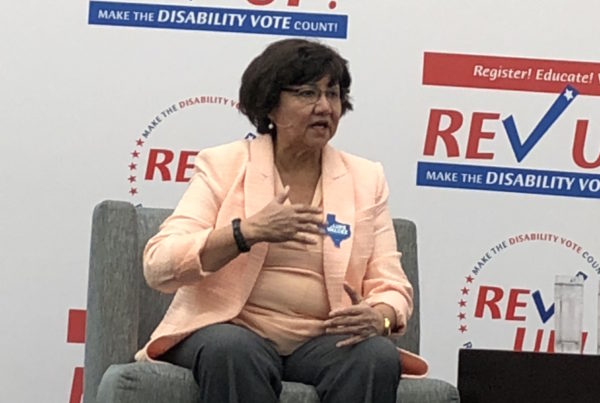Don’t call it NAFTA, the president says. Call it the United States-Mexico Trade Agreement. That’s how President Donald Trump described the deal reached Monday after months of stalled negotiations. During his campaign for president, Trump routinely ripped NAFTA, describing it as the worst deal ever. Many businesses in Texas and beyond have been fearful of the possibility that renegotiating the three-way deal would leave them in limbo, irreparable driving up costs and hurting profits. So what’s in this new deal with Mexico, and is it in fact, the end of nafta as we’ve known it?
Tom Benning, a Washington-based reporter for the Dallas Morning News says it’s hard to know exactly what the agreement between the U.S. and Mexico means. What the president and his aides say and do, and what the written agreement says are not exactly the same.
“For months, the U.S. and Mexico have just been at loggerheads over NAFTA,and what to do about it… Over the last several days, those negotiators have hunkered down and broken through these sticking points… particularly in relation to car manufacturing,” Benning says.
Bennings says Trump “has expressed indifference” about extending the new agreement to Canada, the other NAFTA partner. But he’s eager to complete an agreement with Mexico before a new president takes over there, December 1.
Members of Congress, particularly some from Texas, are pushing back, Benning says. Many states, and the businesses located there, trade extensively with Canada, as well as Mexico.
“There is a big legal debate over what exactly Trump can do unilaterally,” Benning says. “But at the very least, to completely get rid of NAFTA, to do a new agreement, Congress has to weigh in.”
Written by Shelly Brisbin.















